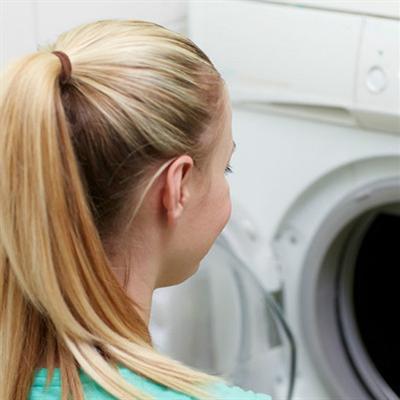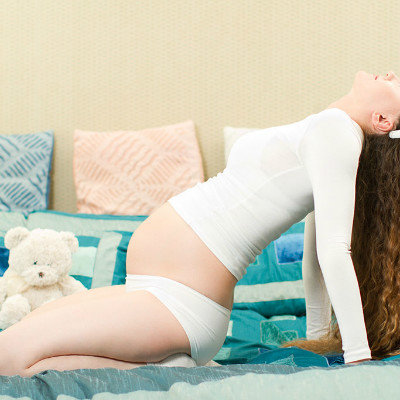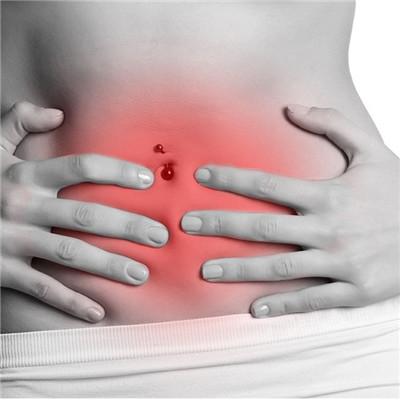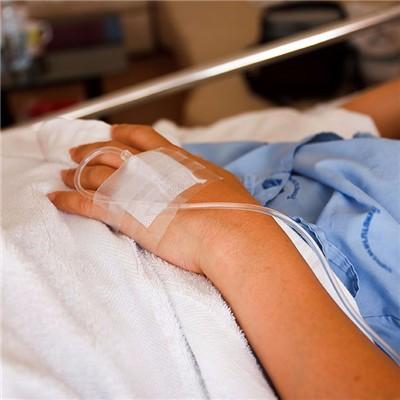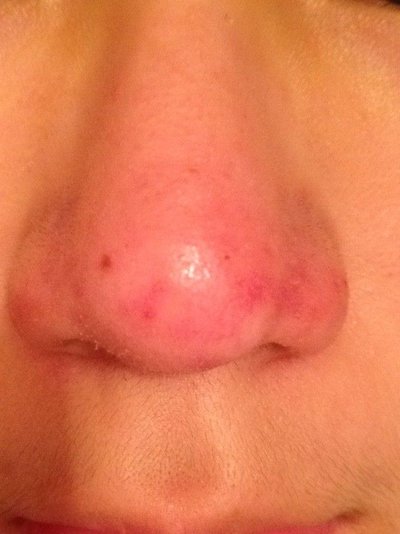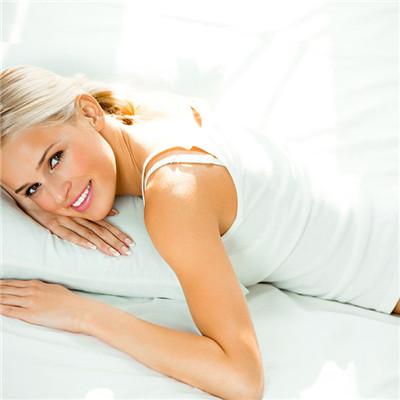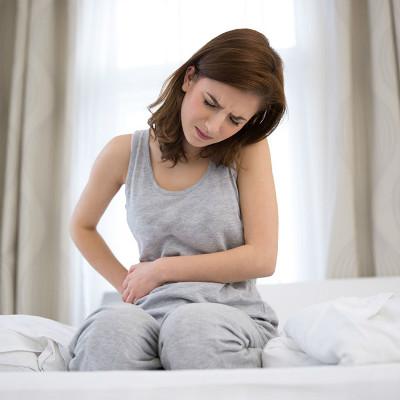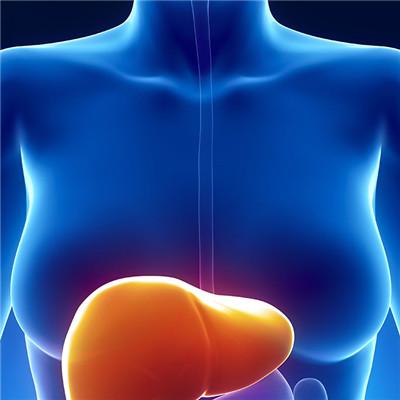Causes of lumbar hyperosteogeny
summary
The main cause of hyperosteogeny is related to the degenerative disease of articular cartilage. Lumbar hyperosteogeny is because after middle age, with the increase of age, the physiological functions of various tissues and cells of the body gradually decline, the degenerative intervertebral disc gradually loses water, the intervertebral space becomes narrow, the annulus fibrosus relaxes and bulges to the periphery, the vertebral body is unstable, and the annulus fibrosus tears outside the edge of the vertebral body, It leads to the protrusion of nucleus pulposus, jacking up the periosteum of the posterior longitudinal ligament, producing new bone under it, forming bone spurs or bone hyperplasia. Some people think that after intervertebral disc degeneration and atrophy, the vertebral body tilts forward, the anterior edge of the vertebral body is blocked by the anterior longitudinal ligament in the midline, the periosteum is lifted on both sides, and new bone is formed under the periosteum. In addition, the local compression factor is also the main factor causing lumbar bone hyperplasia. The edge of lumbar vertebral body is heavily compressed, so the occurrence of bone hyperplasia is also more common. The following specific reasons for low back bone hyperplasia
Causes of lumbar hyperosteogeny
First, hyperosteogeny is a normal phenomenon of body degeneration with the increase of age. It will appear after the growth stops. Overwork and sprain will aggravate the degree of hyperosteogeny. As long as there is no pressure on the nerves, there will be no problem
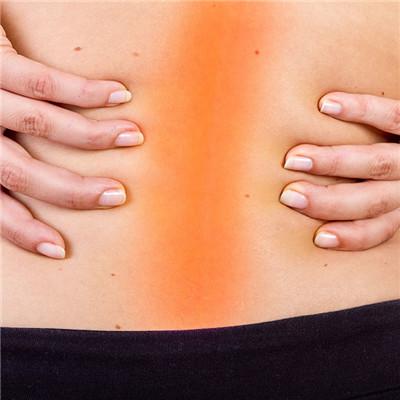
Second, the main cause of lumbar disc herniation is due to improper exertion and overwork, and the cause of bone hyperplasia is a kind of degenerative disease. It is related to the uneven distribution of calcium in the body.
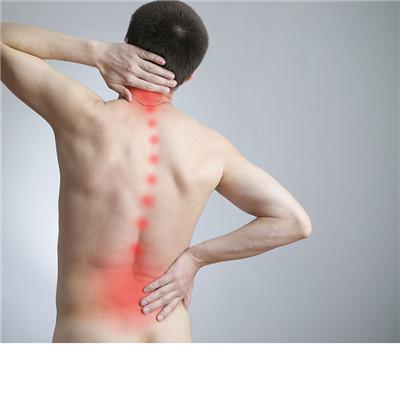
Third, it is a common degenerative osteoarthropathy, which is essentially a compensatory change; The second is abnormal application, that is, injuries caused by external forces, including acute injury, chronic strain and chronic cumulative injury, resulting in the imbalance of internal stress of intervertebral joints, resulting in lumbar degeneration, hyperplasia and instability of intervertebral joints, In particular, the lumbar disc is often in the combination of compression, flexion and torsion. In complex mechanical activities, it is most vulnerable to abnormal compressive stress, tensile stress and shear stress, The mechanism of vertebral bone hyperplasia: degenerative vertebral body can form various forms of osteophytes. The main manifestations of lumbar hyperplasia are low back pain and lumbar stiffness, followed by lower limb tightness or numbness, After a little activity, the reflex was relieved; When the lumbar spine is unstable, slight movement or disturbance can cause acute low back pain
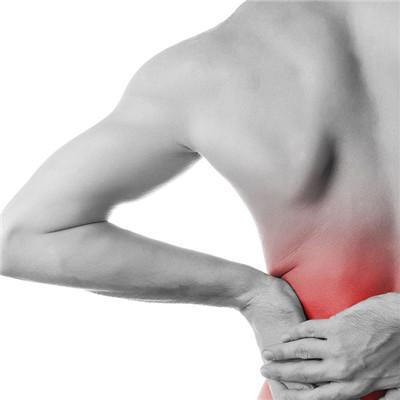
matters needing attention
1. The prevention of lumbar hyperosteogeny in fitness exercise is mainly to adhere to a variety of long-term fitness exercise, which is very beneficial to prevent osteoporosis and hyperosteogeny in middle-aged and elderly people. The exercise methods include walking, aerobics, Taijiquan, Taijijian, long-distance running, etc. 2. Health massage is a kind of health self massage movement. You can use sitting or standing position to massage the waist from top to bottom with palms and fingers of both hands. The strength is from light to heavy until local fever, and then massage the waist with both hands for 2-3 minutes, so as to promote the blood circulation of the waist and relieve the stiffness and tension of muscles. 3. Keep a good standing posture. The correct posture when standing should be: slight flexion of both knees, slight contraction of gluteus maximus, natural contraction of abdominal muscles, slight straightening of lumbar spine, reduction of lumbosacral angle, increase of spinal support and prevention of injury of lumbar intervertebral disc. 4. To keep a good sitting position, those who work and study in a sitting position for a long time should choose an adjustable armchair, so that they can rely on the waist to reduce the burden of the waist. Those who sit continuously for more than 1 hour should stand up and move the waist to prevent muscle strain, displacement of small joints and injury of intervertebral disc.


